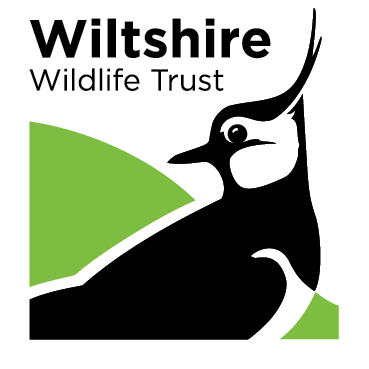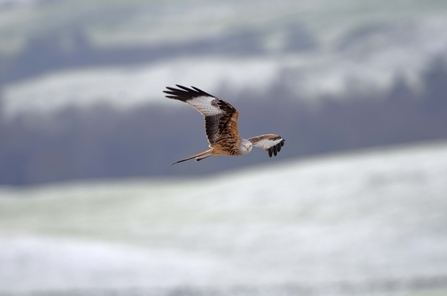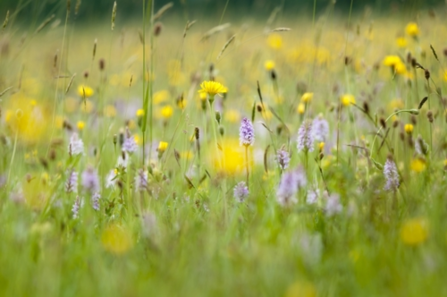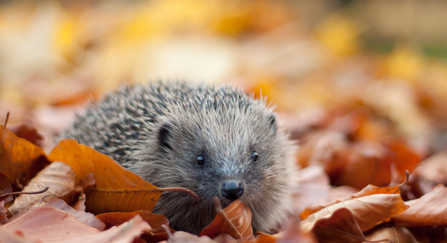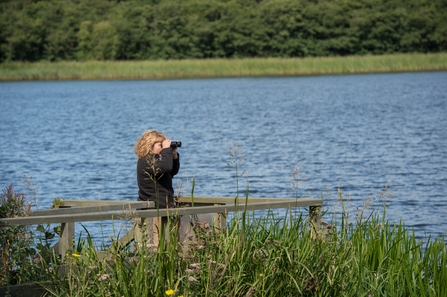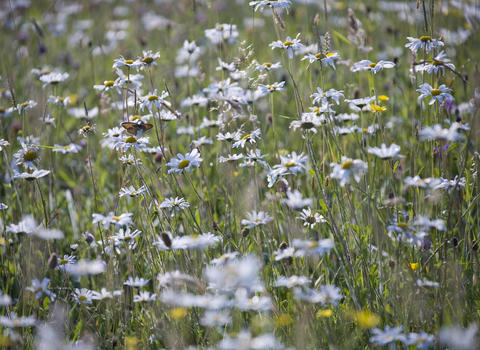Whether it’s a red kite soaring through the sky, a great bustard in full stride, a badger foraging for earthworms, or a honeybee performing its waggle dance- these moments are nature’s stories, ready to be captured through your lens.
Across Wiltshire, the ever-changing landscapes offer vibrant colours, dynamic backdrops, and countless opportunities to take breathtaking wildlife photos.
